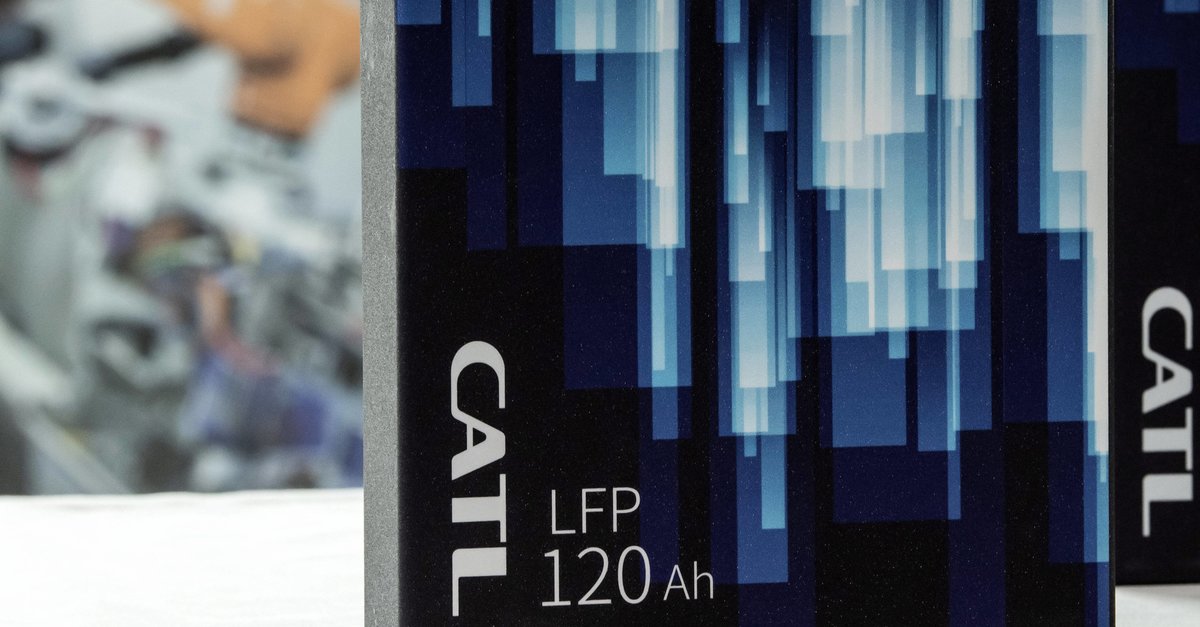Thin legs, fat face, grown two inches? You are an astronaut!
The immediate physical changes that space doctor Bergita Ganse from Saarland University describes to the German Press Agency are not without them. “The intervertebral discs expand and you grow an average of five and a half centimeters in the first 24 hours,” she says.
Because gravity normally ensures that body water mainly collects in the lower body regions, astronauts in weightlessness are reached by another phenomenon – the so-called fluid displacement. This ensures that body water migrates towards the upper body and head. According to Ganse, this means that all visitors “pee out 1.5 liters of water in the first 24 hours – and get a very fat face and very thin legs.”
After a while, muscle breakdown also sets in. This is due to the lack of stress: “You only have to poke a heavy object to make it move.” The heart muscle also becomes smaller. Astronauts would therefore have to complete a daily exercise program on fitness equipment in order to counteract this effect as effectively as possible. But it doesn’t quite succeed.
Even formerly very fit all-rounders like the 51-year-old German astronaut Matthias Maurer, whose stay Ganse accompanies with her team, would need two to three weeks after their return to get completely fit again. For the first few days on earth, Ganse predicts that returnees will experience “real muscle soreness”, which results from the fact that every movement on earth requires muscle strength, whereas in space only very few.
The good news: all changes are reversible. The size change is also decreasing. In any case, this applies to short trips into space or stays that do not last longer than six months – such as the missions to the International Space Station ISS. When it comes to longer journeys such as those to Mars, doctors are still largely without data.
Because fitness equipment cannot be taken with you on Mars missions due to a lack of space, they want to research training methods on the ISS in the coming years that use electrical stimulation to increase the training effect. Medical care in general is more of a concern for researchers than muscle loss.
After all, a Mars mission already has a flight time of 1.5 years for a return flight. In addition, there is probably a length of stay of around one year. If a medical emergency occurs during this time of around 2.5 years, it must be resolved on site. Astronauts on the ISS could still be flown to Earth in an emergency in six to eight hours. That won’t work with Mars missions.
Therefore, research is being spent on what medical devices to take with you. Research is being carried out, for example, on a “drug printer” that could produce tailor-made drugs from chemicals that have been taken along. This is not an easy challenge, says Ganse. If successful, the invention could also improve medical care in remote regions of the world. The doctor also sees advantages that go beyond space travel in research into electrical stimulation support during muscle training. It could be used, for example, in older people who can no longer provide sufficient strength stimuli to initiate muscle growth.
With all these aspects in mind, it would be good if space tourism was to get underway. Because in order to develop space medicine, data from people who flew into space are required. And space tourists are a particularly welcome group: “For the first time in human history, elderly and sick people are flying into space. So far there is no data at all on this. “
Ganse isn’t worried about astronaut Maurer. He will come back to earth “in good shape” because he trains a lot and is unlikely to have any problems with muscle breakdown. – with material from the dpa


